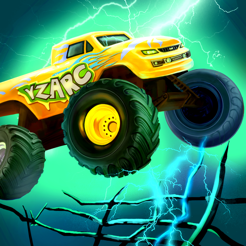James Webb finds an area with unexplained pairs of planet-like objects
Miscellaneous / / October 03, 2023
Currently, there are no suitable models for the formation of planetary systems - this has never been seen before.
The James Webb Space Telescope (JWST) has made an interesting new discovery that scientists cannot yet explain. In the Orion Nebula he found "planets the size of Jupiter, floating freely in space and not associated with any star." But the most intriguing thing is that these objects seem to move in pairs, and there are about 40 such duos.
These pairs were called JuMBO - Jupiter Mass Binary Objects - binary objects of the mass of Jupiter. They were shown in a large image from the telescope, which is a mosaic of 700 frames taken by the NIRCam instrument over a week of observations.
To give an idea of the scale, a spacecraft traveling at the speed of light would take a little over four years to traverse this space. The nebula itself is located approximately 1,400 light years from Earth.
Upon closer examination of the footage, astronomers noticed these mysterious pairs that were not tied to orbits. And while free-floating planets, or “rogue planets,” have been found before, the sheer number of such objects in the region raises some difficult questions. How were they formed? When? And how did they manage to end up in pairs so consistently?
According to planetary scientist Heidi Hummel, there are currently no models for the formation of planetary systems that would predict the ejection of binary pairs.
But... maybe all star forming regions have these Jupiter binaries (and maybe even Jupiter binaries Neptunes and double Earths!), and we simply didn't have a telescope powerful enough to see them before.
JWST team scientist
Planets are generally thought to form in dusty disks around young stars, and it's always possible that a game of gravitational billiards will knock some of them out into interstellar space. But that this could happen so many times in one region of space seems unlikely, and even then chaotic interaction scenarios should make it almost impossible to combine such a large number of them.
Future observations may provide new clues, but scientists may have to reconsider some fundamental models of how space objects form.
JUMBO and other features of the Orion Nebula can be studied at ESASky online map.
Simply space🌍🚀🪐
- NASA showed a photo of a lunar crater that has not seen light for billions of years
- Parker Solar Probe flew through a powerful solar explosion and captured it on video
- The Perseverance rover captured a two-kilometer-high tornado on Mars



